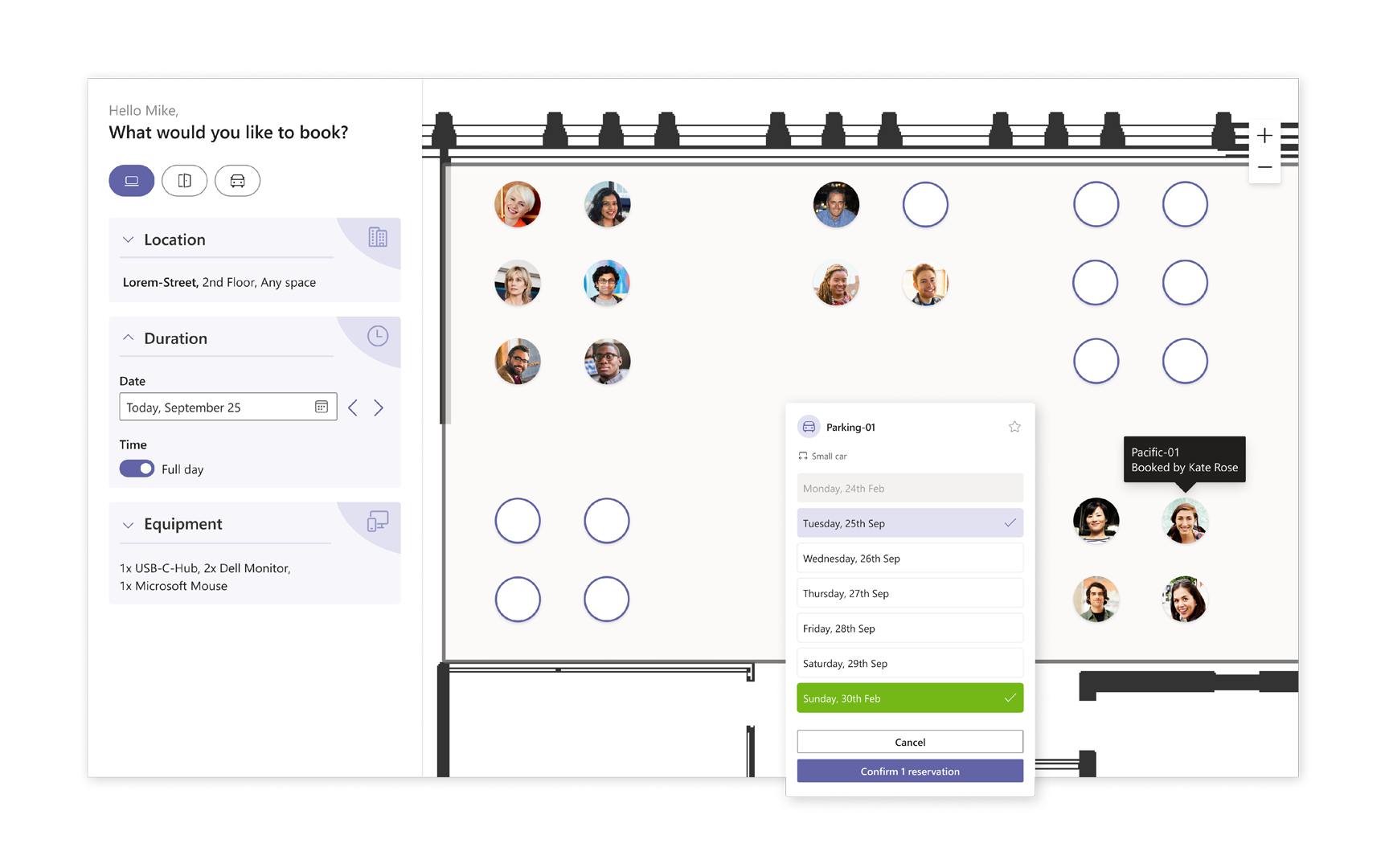The rise of hybrid work: Benefits and challenges
Hybrid work // The concept of hybrid work is rapidly gaining traction as a viable option for businesses looking to create a more flexible and productive working environment. Hybrid work is a combination of remote and on-site work, allowing employees to work from home or other remote locations while also having the option to work in the office. Learn more about the benefits and the challenges.
The new model of hybrid work offers a number of benefits, such as improved employee engagement and morale, increased productivity, and cost savings. However, there are also some challenges associated with implementing a hybrid work model, such as ensuring that remote employees have access to the same resources as office workers and managing a hybrid workforce. In this article, we'll explore the benefits and challenges of hybrid work and provide tips on how to make it a success for your organization.
The evolution of work
Before we dive into the benefits and challenges of hybrid work it is important to understand why this concept has recently gained momentum:
- Advancements in Technology: High-speed internet and collaboration tools have made remote work efficient and set the stage for hybrid work.
- Changing Employee Expectations: Employees today value work-life balance, flexible work models, and autonomy. Hybrid work models offer greater flexibility than working in the office full-time.
- Pandemic-Induced Shift: The COVID-19 pandemic accelerated remote work adoption, pushing organizations toward hybrid work models.
The benefits of hybrid work
- Flexibility: Employees can improve work-life balance by getting more flexibility about the place and the time they work. This boosts long-term job satisfaction and at the same time reduces the chance of burnouts.
- Cost Savings: A 2:1 employee per desk ratio is very common in a hybrid work environment. Office space and thus real estate costs can be reduced, which has a positive impact on the company's bottom line.
- Improved Productivity: Some team members thrive in a hybrid work environment, depending on the job at hand they choose between in-person collaboration in the office or focused and uninterrupted time at home.
- Environmental Impact: Cutting down on commuting will help to decrease carbon emissions, leading to a more sustainable workplace culture in the future.
- Wider Talent Pool: Organizations can draw from a larger selection of potential employees and hire the most suitable one, irrespective of where they are located.
The Challenges of hybrid work
- Communication: A hybrid workforce faces communication challenges that can impact collaboration. This effect can be mitigated by effectively using in-office time to provide purpose and direction for the challenges ahead.
- Isolation: Remote workers may feel isolated, missing office interactions. With a desk booking system every employee can see when their colleagues are in the office and plan their stay accordingly.
- Security Concerns: Having the capacity to get information remotely raises the probability of the data being presented to security dangers. The right tools and techniques can help decrease those dangers.
- Managerial Challenges: Managers face difficulties when it comes to keeping track of how well their team is performing and staying engaged in a hybrid work environment.
How to find the right balance in a hybrid work set up
As the world embraces hybrid work and anticipates the future of work, balance is crucial. Best practices for success include:
- Clear Policies: Create explicit rules regarding the time and location that employees are supposed to work that match the company's hybrid work arrangements.
- Invest in technology: Organizations must ensure they have the right technology in place to support hybrid work. Collaboration tools have to be introduced and efficient and well-documented processes have to be established.
- Training and Support: Provide training and support for remote-capable employees to ensure they are comfortable with the technology that enables them to work as effectively as on-site workers.
- Regular Check-Ins: Frequent communication maintains team cohesion, critical in a hybrid working model. Regular virtual and in-person interactions help with team building and improve employee engagement.
- Flexibility: Give people autonomy in choosing their working styles. In most cases, they know best what they need to effectively solve the challenges at hand.
- Continuous Evaluation: Evaluate how successful your hybrid workplace model is and adjust to the changing work environment and company culture.
Conclusion: Shaping the future of hybrid work
The rise of hybrid work represents a significant shift in work culture. While it offers many benefits, it also presents challenges. By striking the right balance and implementing hybrid work arrangements and other effective strategies, organizations can reap the benefits of hybrid work while addressing its drawbacks. This paves the way for a flexible, productive, and inclusive future of work for all.











